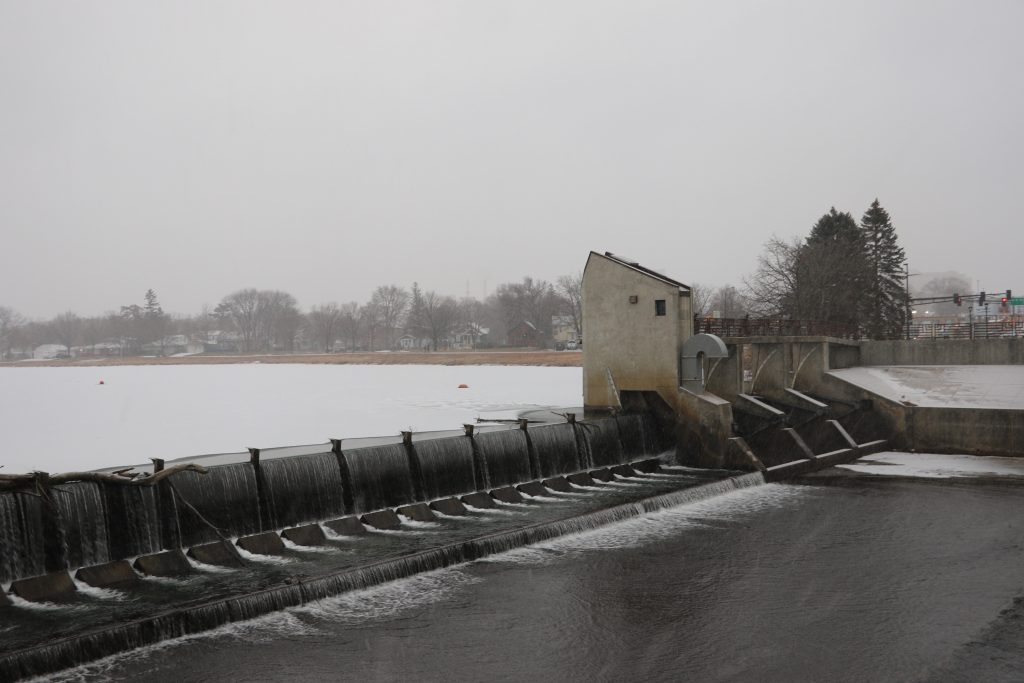MDH releases annual drinking water report, showing no major issues
Despite the many challenges posed by the COVID-19 pandemic, public water utilities in Minnesota continued to provide safe drinking water to millions of Minnesotans over the past year, according to new data from the Minnesota Department of Health (MDH).
The statistical results of the steady work and consistent monitoring by thousands of public water supplies are contained in the 2020 annual drinking water compliance report released by MDH this week. But the real story is the work that has gone on behind the scenes to deliver safe drinking water to large and small communities across Minnesota.
The public water systems in Minnesota adjusted their operations and found ways to provide critical services while keeping health and safety as the highest priority.
Most systems were ready to deal with the pandemic as a result of contingency plans already in place. Cross-training of employees was one way in which utilities prepared, making sure distribution crews and those at the treatment plant were sufficiently versed on one another’s job to be able to step in in case employees became sick. Many followed a plan based on the “40% Drill,” which MDH promoted more than 10 years ago during the H1N1 influenza outbreak. The drill consists of randomly selecting 40% of utility staff to be listed as “out sick” and conducting a drill on how to maintain operations with the remaining 60% of employees. Although no utilities sustained such a reduction because of illnesses among their staff, public water systems were prepared for such a scenario.
Early in the pandemic, Kyle Hinrichs, superintendent for the water utility in Mankato, used his experience with the 40% Drill to create a work plan and schedule that would allow them to continue with the daily duties of managing a utility while losing as much as two-thirds of the workforce. Fortunately, the utility escaped the virus and did not lose any employees to illness. However, Hinrichs said, “I felt confident, especially with previous cross-training we had done, that we could have maintained 24-hour operations even if we had people out sick.”
With proactive planning, Rochester Public Utilities (RPU) was able to prevent disruptions in day-to-day water services. Doug Klamerus, manager of maintenance and construction for RPU water, said they staggered start times to reduce contact between employees and relied on past cross-training to ensure work could continue through water challenges they encountered. “We went to one-person jobs as much as possible, reduced group work, and limited contact with customers and one another,” Klamerus said.
Rick Wahlen, manager of utility operations for the city of Eden Prairie, said their past planning for emergency response and resiliency was helpful, but the pandemic was “something unique in nature.” The city began planning as soon as they were aware of the pandemic, dividing employees into three-person work groups to limit exposure. “That way, if anyone got it, only two other people would be affected.” They were able to get through the pandemic without any instances of COVID among operators in the water treatment plant.
Minnesota Commissioner of Health Jan Malcolm said partnerships were key to ensuring the pandemic did not create problems for the state’s drinking water supply.
“Providing safe drinking water to homes and businesses day in and day out doesn’t just happen on its own, but is the result of hard work and extensive partnerships,” Commissioner Malcolm said. “As a result of these partnerships, even in times like COVID-19, we can still go to the kitchen sink and expect to have plenty of safe water.”
Through floods, tornadoes and other disasters that shut down businesses and other operations, public water systems have consistently maintained a safe supply of water for customers. COVID-19 has been a challenge, but the drinking water profession continued to come through.
“Though the COVID-19 pandemic has necessitated changes in how we do our work, the drinking water program at MDH has sustained its work to keep drinking water safe for everyone, everywhere in Minnesota, in partnership with 6,724 public water systems across the state,” said Sandeep Burman, manager of MDH’s section of Drinking Water Protection.
In addition to its normal operations, Drinking Water Protection supported public water systems in dealing with the pandemic in many ways, including:
- Establishing webpages to contain information about COVID-19 and drinking water.
- Creating and sharing guidance on how to respond to changing needs.
- Adapting sampling plans to protect the health of staff while ensuring that all public water supplies continue to meet Safe Drinking Water Act requirements for monitoring.
- Modifying requirements for water operator certification and contracting with a vendor to provide certified operators to help systems who become short-staffed because of illness to employees.
- Connecting certified water operators to on-line training opportunities.
In 2020, more than 99% of Minnesotans drinking water from a public water system received water that met all federal standards throughout the year. Details of the Minnesota Annual Compliance Report (PDF) for 2020, along with the Annual Report for 2019 (PDF) can be found on the Drinking Water Protection Annual Reports page on the MDH website.
In addition to the report issued by the state, communities across Minnesota are required to issue their Consumer Confidence Reports to their public water supply customers by July 1 each year. Those reports provide details on the results of monitoring for each public water system.
-MDH-
https://www.health.state.mn.us/news/pressrel/2021/water060321.html


